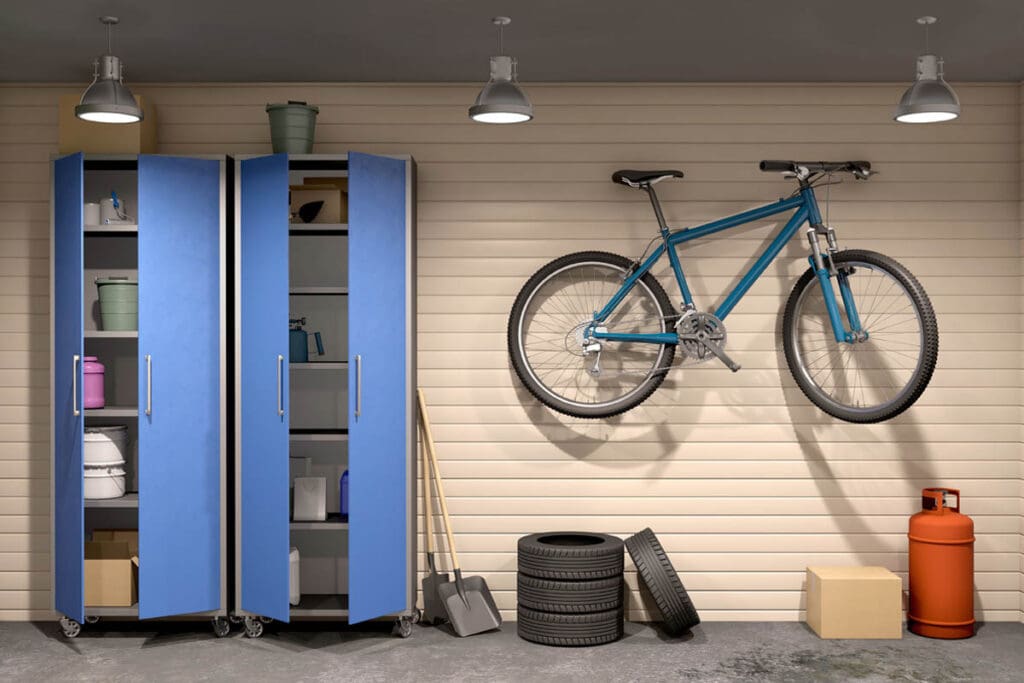Letter from America – New Bugbears for US Industry

SANTA FE, New Mexico
It seems the US bicycle industry has set aside – at least for the moment – worries over supply chain disruption, overseas shipping costs, and tariffs on some Chinese imports.
That’s not to say these concerns are unimportant, but the industry is moving full speed ahead into other hot button issues. Let’s list a few:
Return Business for IBDs
Consumers who bought a record number of bicycles during the pandemic are not flocking back to IBDs for service, upgrades or much of anything else.
Many consumers have simply parked their two-wheelers – for many a one-time purchase – and have returned to habits formed long before COVID shut down the economy.
Too many industry executives and advocates harboured the notion that these first-timers would find so much joy in cycling that it would become a significant lifestyle activity. It’s not happening at scale and further complicates an industry-wide inventory issue as bikes languish in warehouses.
Many suppliers are starting to roll out spring consumer sales promotions offering substantial discounts further squeezing margins, particularly at retail.
E-Bikes Charging Ahead
E-Bikes sales continue to be a bright spot, at least to date. But high prices for IBD-level e-bikes, with hybrid/commuter models starting at $2,000+ (A$2,975), is taking the edge off consumer enthusiasm as inflation and other worries dominate the headlines.
High-end e-MTBs ($3,500 and up) (A$5,206), on the other hand, appear to be moving out of showrooms and onto the dirt. Affluent buyers in affluent communities are a key cohort for sales. Younger, core mountain bikers are using supplier financing. For example, Specialized will split the cost of a bike into four instalments. Every two weeks, a cyclist’s credit/debit card is debited. Or consumers can sign up for an instalment plan through the Klarma app financed through WebBank.
Import Duties Threshold
Quietly roiling the industry is the so-called ‘de minimus rule’. A consumer, for example, can go online through Amazon, usually to a third-party reseller, and order a low-cost e-bike for under $800.
There are dozens of these to be found online. That bike, generally made in China, could then be shipped directly to the consumer from an off-shore aggregator, most often located in Canada or Mexico, and enter the US without paying a duty or taxes.
Here’s the deal: The Obama Administration signed the Trade Facilitation and Trade Enforcement Act of 2015 on 24th February 2016. It took effect on the 10th March. With a willing Congress and the stroke of a pen, the new law raised the de minimis from $200 to $800, which is the amount or value of a product one person on one day can import free of duties and taxes. Loopholes abound, of course. The industry is attempting to roll back the de minimus to a lesser amount. Not likely – at least not soon.
Battery Safety
The de minimus issue is also linked to the industry’s current uproar over lithium battery safety.
E-Bikes are flooding into the US for consumers who balk at high-priced IBDs and are generally unaware that their bikes’ batteries are the cheapest suppliers can buy.
Purchasers tend to be less affluent: workers who deliver food or groceries for a living, parents who buy them for their kids, or others looking for a cheap way to get to and from work or school. Anything above $1,200 (A$1,785) is just too expensive.
So all eyes are on New York City, which has been plagued with battery-sparked fires and a few deaths. On 2nd March, city councillors passed an ordinance requiring retailers to sell only bikes that meet the Underwriters Laboratories (UL) 2849 standard. Officials can fine retailers $1,000 (A$1,487) per SKU if found selling e-bikes that fail to meet the UL standard. It also bans the sale of used or rebuilt batteries.
The law, if Mayor Eric Adams signs it, would allow retailers 180 days to unload sub-standard product. UL 2849 could become a national standard at some point.
Battery Minefield
While no one wants to see consumers injured or worse, or homes and buildings burned, this law penalises low-income workers in New York. Estimates peg the number of e-bike deliverymen at about 45,000 in New York’s five boroughs. New York has a population of 8 million, so 45,000 is not a far-fetched number. Some deliverymen rent these e-bikes on a daily basis from rental shops. The ordinance also has no impact on consumer-direct sales or on New Yorkers who may go to nearby New Jersey to buy a cheap e-bike. This law is fraught with unintended and unknown consequences.
The industry continues to push for states to adopt the Class 1, Class 2 and Class 3 designation for e-bikes. Some 40 states have adopted the system.
- Class 1 – pedal assist only with a maximum speed of 20 mph (32 kph)
- Class 2 – pedal and throttle with 20 mph tops for both functions
- Class 3 – pedal and throttle with a maximum speed of 28 mph (45 kph) for pedal assist and 20 mph for throttles.
Confusion is rife among regulatory agencies over Class 3 bikes. Does the Consumer Product Safety Commission (CPSC) or does the National Highway Transportation Safety Administration (NHTSA) regulate Class 3 e-bikes with 750-watt motors or less?
PeopleForBikes wants the CPSC to officially take them under its wing. Folks at the CPSC and NHTSA are talking to each other.
Consumers, for the most part, couldn’t care less about the class system.
And then there’s the hub-motor-driven super e-bikes like the Stealth B-52 with a 6200 watt hub motor powered by a 2500-watt battery – spec’d with pedals but who would use them? These are under the NHTSA’s purview.
All of this should make for an interesting 2023.
